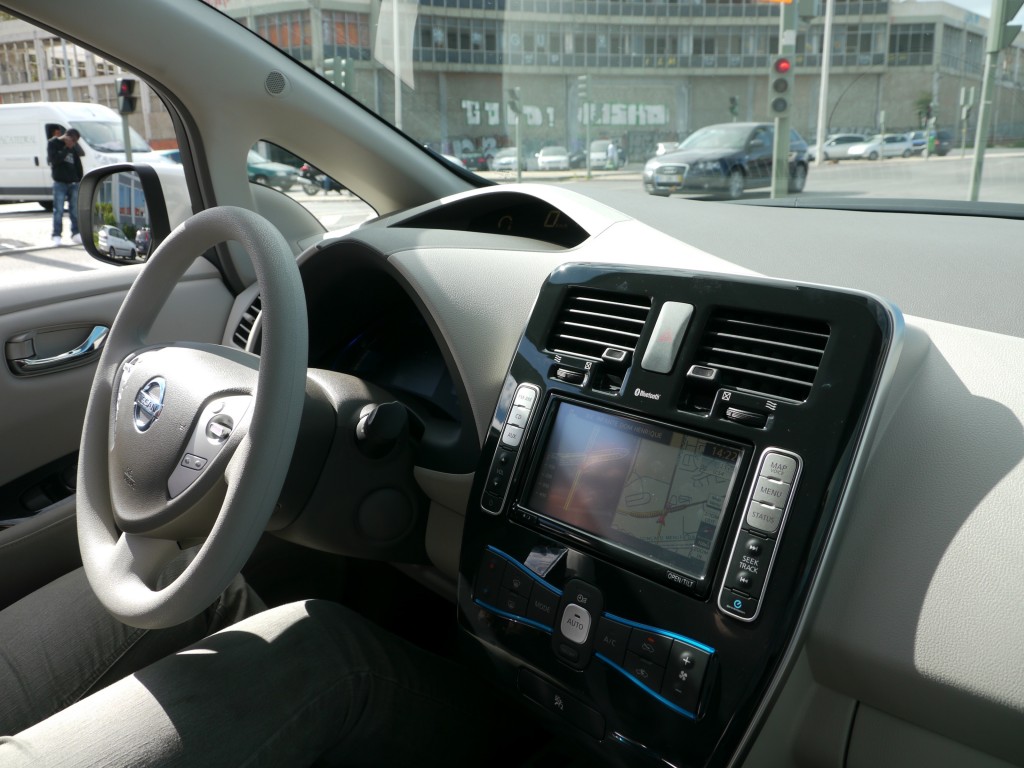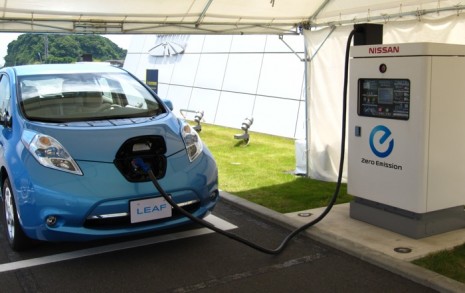Every new car has a few teething problems, but a few reports of Nissan's all-electric Leaf running out of charge prematurely hasn't helped the age-old stereotype that electric cars will leave their owners stranded without power.
But are these incidents as rare as the reports suggest and what exactly happened? Who's to blame?
A few weeks ago we heard some whisperings on the MyNissanLeaf.com forum that suggested a few 2011 Nissan Leafs which were leaving their owners stranded after prematurely running out of power.
One owner from San Diego reported back in mid February that his 2011 Leaf reporting he only had 16 miles of range left and decided to leave the highway he was on to drive home on slower roads. Within 1 mile of leaving the offramp his Leaf died completely. So empty in fact that he was unable to turn the car off.
"I had 0 systems on" he explained. " No air running at all, and power monitor was up. I was 6 miles from home with 17 left on the estimated miles going about 60, as I had been doing for the previous 20 minutes so there should not have been a lot of variability in mileage estimate. Went 17, 16, ---. I pulled off highway thinking to use back streets, went turtle and then less than .75 mile was dead."
While other sites quoted the posts directly, we decided to investigate. We'd found out first hand what happens when the 2011 Nissan Leaf gets low on charge last year when our John Voelcker got the chance to carry out some range tests in Nashville, but it appears in the San Diego case the car's predicted range dramatically dropped by nearly on fifth of its fully-charged capacity.

2011 Nissan Leaf
First we contacted Nissan North America. A representative told us that they were unfamiliar with the story we cited, but added that Nissan has multiple warning systems and information screens in place to warn drivers when their cars are getting low on power. Pointing out that the Leaf's remaining range calculation was only an estimate, not a representation of battery state-of-charge she reminded us that the car's state of charge indicator was the gauge drivers should use to determine how quickly their car needs charging, adding that the car improves its range estimations the more you drive it.
In other words, as you learn to drive the car it learns how you drive it, resulting in more accurate range estimates from the built-in range estimation screen.
We also contacted the owners in question. After a few weeks of reflection, the San Diego owner gave us this frank and honest admission.
"The bottom line is I simply drove it out of power. (Nissan) had the engineers look at the car extensively and test everything, and the end result is that I drove too far for the charge I had. Simple answer."
2011 Nissan Leaf 
With one incident explained, we looked to the next case: a Nissan Leaf in Seattle which left its owners stranded on the way back from the airport.
"I was driving back from SeaTac airport back home with 26 miles on the range estimation. Trip distance was ~15 miles. Some driving on I-5, eco mode on, no heating and around downtown the range is down to 8 miles (still plenty to get home, which was by then 5 miles away)" he explained, continuing "At the ship-canal bridge it went into turtle, I barely got off the freeway. 2 Mile from home and after about half the distance it told I would have from the airport, i.e. 13 actual miles driven, it went dead. I actually managed to drive 400 yards in turtle mode. 10:30 pm, wife and screaming kids in the car (which was blocking the right lane of a busy road), just came back from the east coast, cars zooming by and honking, several near misses, I called Nissan for help. "
We contacted the owner, who again was very forthcoming in his response.
"I did nothing unusual with the car. Range estimate at the beginning of the trip was 60 miles and it went out after 38 miles. Nissan responded quite well, sent out two engineers, tested the car, the batteries everything and came up with no technical faults. "
At the outset, his response may seem a major cause for concern, especially as it was such a short trip. But the key here seems to lie in the next part of his reply, which he noted was his own observations rather than an official explanation from Nissan.

First 2011 Nissan Leaf delivered to buyer, San Francisco, Dec 2010, photo by Eugene Lee
"I think the root cause of the problem was this: Based on the numbers that were available I was assuming I had 24 kWH for a full charge, while in reality it is apparently not an exact number and probably less than 24 kWH in cooler temps. It was cold that day ( 0 deg Celsius) and the battery was charged in my cold garage (not at outside temps, but probably around 6 C). It seems that at cooler temperatures the capacity is less than 24 kWH, but the range estimates don't factor this in."
Noting that range has improved a lot since the temperature has risen in his home town, we have to agree.
But there's more.
While the Leaf doesn't have as long a range in cold weather as it does in warm weather due to a lack of battery heating, we'd like to point out that range calculations are unaffected by the passenger load and weather, even though the actual range is.
For now then, it appears like these two cases have been caused by a mixture of poor luck, bad weather and perhaps a lack of familiarity of car and drive to each other.

2011 Nissan Leaf at quick-charging station
Should it have happened? No. Nissan needs to address the issue of cold weather performance quickly or risk alienating its early-adopting owners. So far, we think the information systems in the Leaf are pretty accurate. But these two stories suggest differently.
Let's hope future models of the Leaf improve on the range calculations software and that owners are better trained to the nuances of driving an electric car to the extremes of its range. Or events like this could become more commonplace.
And that will only do bad things for the electric car industry.
Our tip for now? Plan your trip carefully, and charge up whenever the oportunity presents itself if you're planning a trip beyond the comfort zone you're used to driving.












